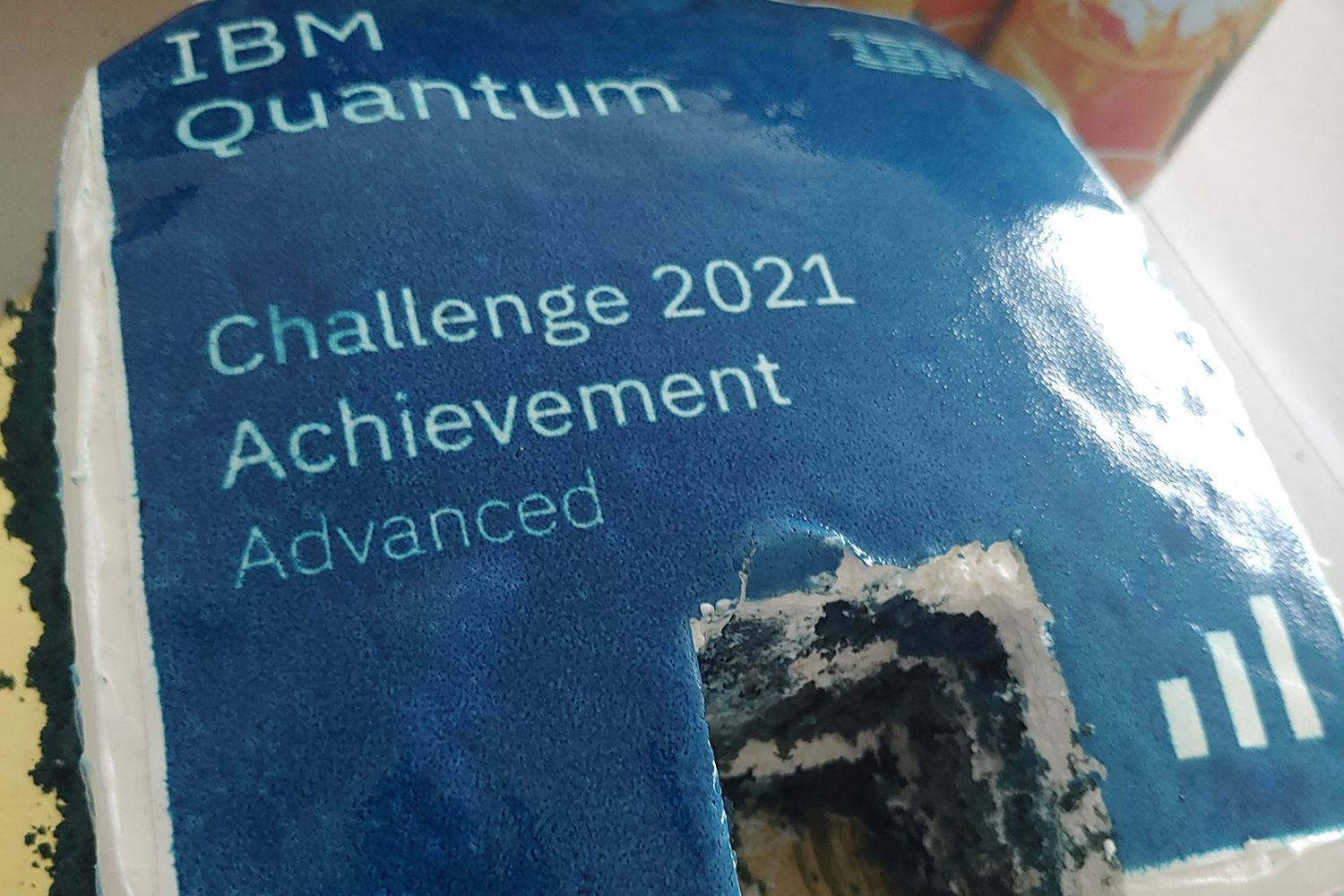Total participants: 1,431* (participation background statistics based on survey responses)
- Countries: 76
- Developers: 15.8%
- Students: 68.1%
- Undergraduates: 28.5%
- Masters: 19.3%
- PhD: 11.1%
- High school: 9.2%
Over the week, participants came together to solve five problems, each focusing on a milestone in the development of quantum computers while highlighting key features of the IBM Quantum platform and Qiskit.
These problems covered basic quantum gates, factoring a number using Shor's algorithm, implementing a quantum error correction code, running microwave pulse experiments on real a quantum system to understand transmon qubits, and simulating the ground state energy of molecules using the variational quantum eigensolver (VQE). Not only did these problems serve to teach participants the basics of quantum computing, but they also represent the forefront of research in the field, as well as algorithms that quantum researchers are always looking to improve.
Unlike previous challenges, we reserved an entire quantum system solely for participants to run their solutions.
Hundreds of participants ran more than 10,000 jobs on a 7-qubit quantum system dedicated to the challenge, totaling more than 350 million executions within the seven-day challenge.
Qiskit Pulse and the pulse-level access of IBM Quantum systems allowed participants to perform experiments with microwave pulse level of control from the comfort of their home, and for many participants, this was their first time running pulse experiments on real quantum device. Such experimentation would have required access to advanced research labs just two years ago!
Beating expectations
The final challenge was to use VQE to simulate ground state energy of LiH molecule with the smallest possible ansatz or trial quantum circuit. VQE is a variational algorithm, meaning it begins with the ansatz whose gates are dependent on parameters. The algorithm runs back and forth between the quantum circuit and a classical optimizing program, seeking to find the best parameters.
This problem was challenging, but more than 500 participants managed to solve it. Not only that, 212 participants reached the best possible score of 3—measured by the number of entangling controlled-NOT gates in their ansatz. Their solutions were 10 times better than what we thought possible!
These results demonstrate how expanding access to quantum systems can push the limits of quantum computing knowledge today. Who knows what might happen if we devised a challenge to tackle an unsolved problem in the research field? Maybe participants could collectively solve it in a few days?
As the challenge concluded, participants eagerly shared their solutions on Slack, blogs, and in our challenge GitHub repository.

A meme submission from Samantha Lang, an electrical engineering and chemistry student at Georgia Tech.
Many others also created memes like Georgia Tech student Samantha Lang's, as well as other fun content—like cakes—as they completed the challenge.

Friends of IBM Quantum Challenge participant Vishal Bajpe even baked a cake to celebrate his successful solution of an advanced challenge.
The challenge required participants to learn GitHub's git workflow as well—a side benefit for those new to the open source space. Some participants joked as the sixth exercise of the challenge. For many of them, it was their first open-source contribution.
Our community also worked to maximize participation in the challenge. While the content was initially only in English, colleagues and community members in Japan helped to translate the content to Japanese just before the challenge began.
This allowed an even larger cohort to enjoy the challenge without language barrier. More translations soon followed. Full Korean translations and partial French translation were made by our passionate participants during the challenge, and after the challenge, more translations came in. Now the challenge content and solutions are available (at least partially) in English, Japanese, Korean, French, Spanish, Hindi, Vietnamese and Indonesian on our challenge GitHub repository.
Overall, the challenge demonstrated something we've long known: that a key to pushing the quantum field forward is open access, collaboration, and engaging a global community of quantum users.
We hope everyone enjoyed the challenge as much as we enjoyed creating it. See you for the next challenge!




